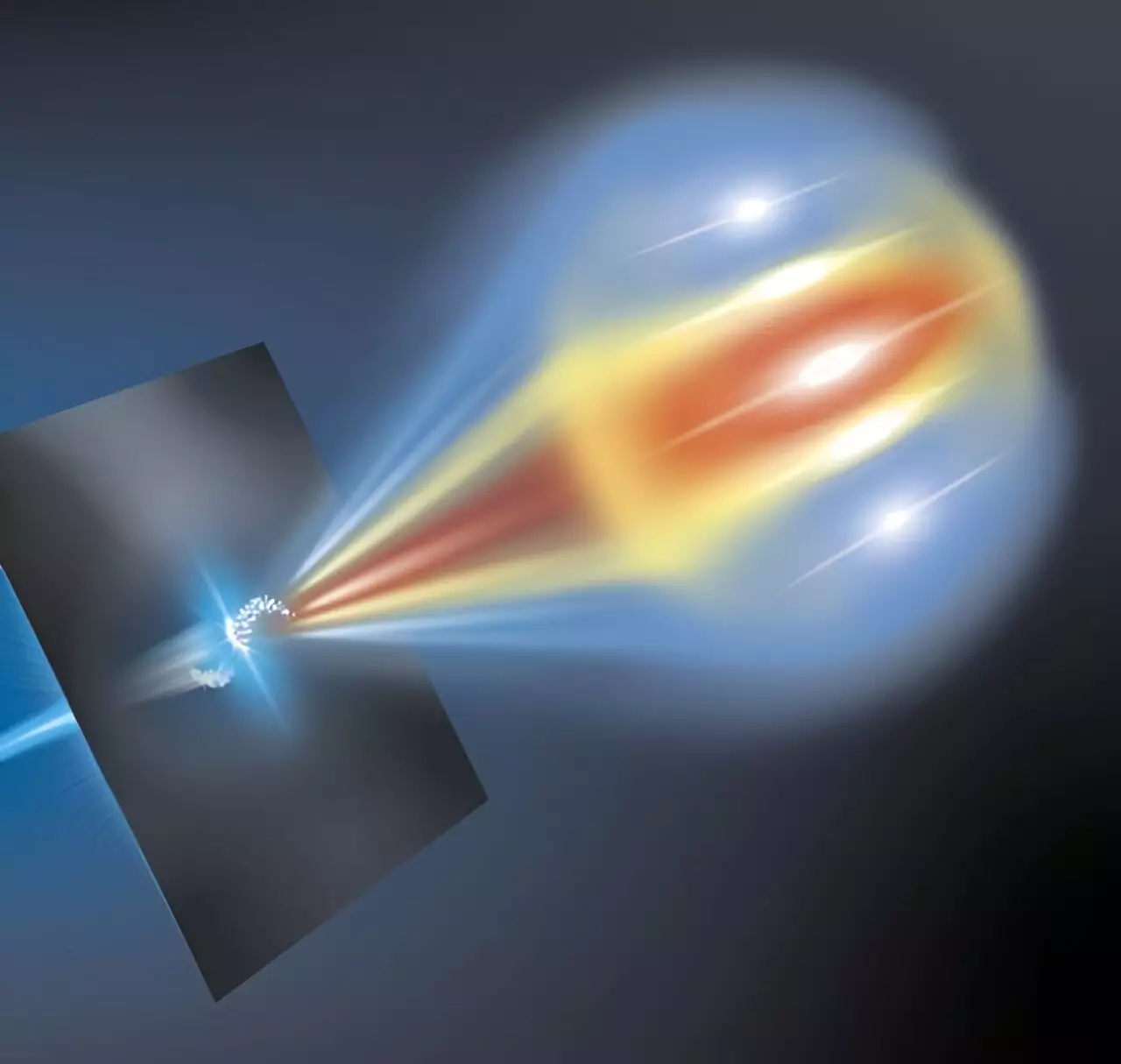Particle accelerators have played a critical role in advancing scientific research, enabling breakthroughs in various fields. Traditional accelerator facilities, which can span kilometers in length, have been essential in producing high-energy particle beams. However, the emergence of laser-plasma accelerators has introduced a new era of compact and efficient particle sources that have the potential to revolutionize accelerator technology.
The Challenges and Opportunities
While laser-plasma accelerators offer significant advantages in terms of size and efficiency, there are challenges that need to be addressed. In order to produce UV or X-ray light, electron bunches generated by these accelerators must be tightly bundled and possess specific properties. Until now, accurately measuring these electron bunches has been a significant challenge. However, a recent development by a team at Helmholtz-Zentrum Dresden-Rossendorf (HZDR) offers a promising solution to this issue.
Introducing Novel Measuring Methods
The team at HZDR has developed a novel measuring method that could catalyze the progress of laser-plasma acceleration technology. In laser-plasma acceleration, intense laser pulses are directed into a gas, creating a plasma of electrons and ions. By injecting electrons into the positively charged “bubble” formed by the laser pulse, these particles can be accelerated over short distances with remarkable efficiency. This process, which only requires a few centimeters, can achieve acceleration levels comparable to conventional setups that span tens or hundreds of meters.
One of the most exciting applications of laser-plasma accelerators is in the development of free electron lasers (FELs). In FELs, electron bunches travel through an undulator at near-light speeds, emitting powerful X-ray or UV flashes. These high-energy beams can be used to investigate ultra-fast processes such as chemical reactions occurring in mere quadrillionths of a second. While existing FELs are based on conventional accelerators that are lengthy and costly to construct, the potential to build FELs using laser-plasma accelerators could revolutionize accessibility to this technology.
Advancements and Achievements
Recent advancements in laser-plasma accelerator technology have shown promising results. Research groups in Shanghai, China, Frascati, Italy, and at HZDR have demonstrated the feasibility of implementing FELs based on plasma accelerators. These developments have paved the way for a more widespread adoption of this technology, making it accessible to a broader range of research teams.
One of the key challenges in laser-plasma acceleration is improving the quality and stability of accelerated electron bunches. By minimizing the energy distribution within these bunches and enhancing control over their form and structure, researchers can produce brighter and more stable light in FELs. This necessitates the development of new diagnostic methods to precisely investigate the processes within a laser-plasma accelerator.
The Role of Advanced Measuring Techniques
Dr. Maxwell LaBerge, a postdoc at HZDR, has developed a cutting-edge measuring procedure that enables the detailed analysis of ultra-short electron bunches. By directing these bunches onto a thin metal foil and detecting the resulting signal, known as Coherent Optical Transition Radiation (COTR), researchers can reconstruct the characteristics of the electron bunches with unprecedented accuracy. This innovative measuring method has provided valuable insights into different injection techniques and their impact on electron bunch formation, enabling greater control over the acceleration process.
The development of laser-plasma accelerators represents a significant milestone in accelerator technology. With the potential to revolutionize the field by providing compact, cost-effective particle sources, these accelerators hold immense promise for advancing scientific research. By overcoming existing challenges and leveraging novel measuring techniques, researchers can unlock the full potential of laser-plasma accelerators and pave the way for groundbreaking discoveries in particle physics and related fields.


Leave a Reply